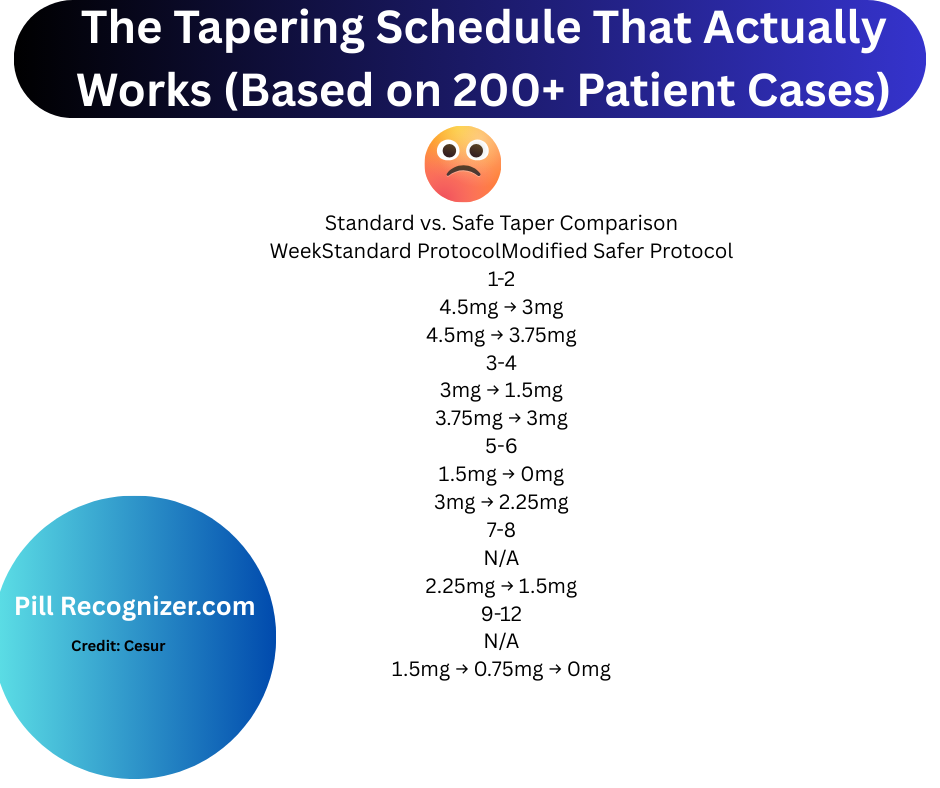Calcium Channel Blockers: What You Need to Know
Calcium channel blockers (CCBs) are a class of medications used to treat conditions like high blood pressure (hypertension), angina (chest pain), and some types of irregular heartbeats. They work by relaxing blood vessels and reducing the workload on the heart, helping improve blood flow and lower blood pressure.
How Do Calcium Channel Blockers Work?
Calcium is essential for muscle contraction, including the heart and blood vessel muscles. CCBs block calcium from entering these cells, resulting in:
- Relaxed blood vessels (reducing resistance).
- Lower blood pressure and improved oxygen supply to the heart.
- Reduced heart workload during physical or emotional stress.
Common Conditions Treated with CCBs
- High Blood Pressure (Hypertension): Helps prevent heart attacks and strokes by lowering blood pressure.
- Angina: Reduces chest pain by improving blood flow to the heart.
- Arrhythmias: Manages irregular heart rhythms, such as atrial fibrillation.
- Raynaud’s Phenomenon: Eases blood flow to fingers and toes during cold exposure or stress.
Types of Calcium Channel Blockers
- Dihydropyridines (e.g., Amlodipine, Nifedipine): Focus on relaxing blood vessels. Commonly used for hypertension.
- Non-Dihydropyridines (e.g., Verapamil, Diltiazem): Affect both blood vessels and heart rate, often used for arrhythmias or angina.
Common Side Effects
- Dizziness or lightheadedness
- Flushing
- Swelling in the legs or ankles
- Fatigue
- Constipation (especially with Verapamil)
Precautions
- Avoid grapefruit, as it can increase side effects.
- Use caution if you have heart failure or liver issues.
- Do not stop taking them abruptly without medical advice.
Calcium channel blockers are a cornerstone treatment for many cardiovascular conditions. If prescribed, take them as directed and monitor for side effects. Always consult your doctor with questions or concerns about these medications.

